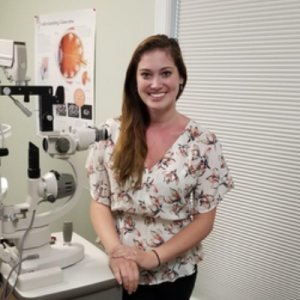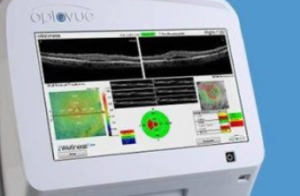Your eyes are a window to your soul, but also to your health.
Certain changes in your eye health or vision can be red flags of an underlying health condition.
Here are 6 red flags that can be seen in your eyes that should never be ignored:
1. Sudden blurry vision
Blurred vision can be caused by a range of eye or health conditions, some more serious than others.
However, sudden blurry vision can result from any of the following conditions that require immediate medical attention:
- Migraine
- Eye injury
- Corneal abrasion
- Optic nerve inflammation
- Closed-angle glaucoma
- Retinal detachment, hole or tear
- Raised blood sugar levels
- Brain injury or concussion
- Stroke
- Sepsis
2. Lingering eye floaters
Although eye floaters are generally not a cause for concern, if the gray or black specs in your line of vision don’t disappear within a few minutes, it can signal a medical emergency, such as retinal detachment.
Eye floaters can also be a red flag of diabetes, as they are often a sign of diabetic retinopathy, a sight-threatening eye condition that affects diabetics.
Diabetic retinopathy occurs when chronic elevated blood sugar levels damage the blood vessels in the back of the eye, causing them to leak blood and fluid into the retina, which can lead to retinal detachment if not treated promptly.
SEE RELATED: Eye Emergencies
If you are experiencing any of these symptoms, or notice any changes in your vision, contact an eye doctor near you as soon as possible.
3. Red or discolored eyes
If your eyes appear less vibrant than usual, this is often a sign of sleep deprivation or poor diet.
However, if the whites of your eyes appear red or yellow, you may be suffering from a serious health problem that requires prompt treatment.
Red eyes can develop from dry eyes, a burst blood vessel or an eye infection called conjunctivitis.
Yellow eyes are often a symptom of jaundice, a serious health condition that occurs due to elevated bilirubin levels in the bloodstream, signaling kidney disease.
Yellowing of the eyes can also be caused by pancreatitis, hepatitis and sickle cell disease.
4. Puffy eyes or dark circles
While dark circles and puffiness around your eyes can be due to aging, they can also be symptoms of a sinus infection, hormonal imbalance, anemia, allergies, or even thyroid or kidney problems.
Dark circles or puffiness under your eyes can also be a sign that you’re consuming too much sodium. Too much salt in your diet can lead to water retention in your body and result in facial swelling and puffiness in the delicate tissues around your eyes.
5. Dry eyes
Dry eyes develop when the eyes don’t produce enough tears, or the quality of the tear film becomes compromised.
Dry eyes often surface due to environmental or lifestyle factors, such as allergies or prolonged daily screen time.
However, dry eyes can also occur as a result of an underlying eye condition such as, blepharitis or meibomian gland dysfunction.
For some people, dry eye syndrome is a symptom of an autoimmune disease, such as Sjogren’s syndrome or Lupus.
6. Eye strain
Eye strain frequently results from excessive computer use or following an activity that requires a lot of focusing effort, such as reading or sewing.
Though, if eye strain precedes chronic headaches or migraines, or causes double vision, it is important to see an eye doctor as soon as possible to rule out a neurological condition that requires immediate attention.
LEARN MORE: Guide to Eye Exams
Contact an eye doctor near you if you are experiencing any of these symptoms or notice any changes in your vision.
Certain changes in your eye health or vision can be red flags of an underlying health condition.
Here are 6 red flags that should never be ignored.










